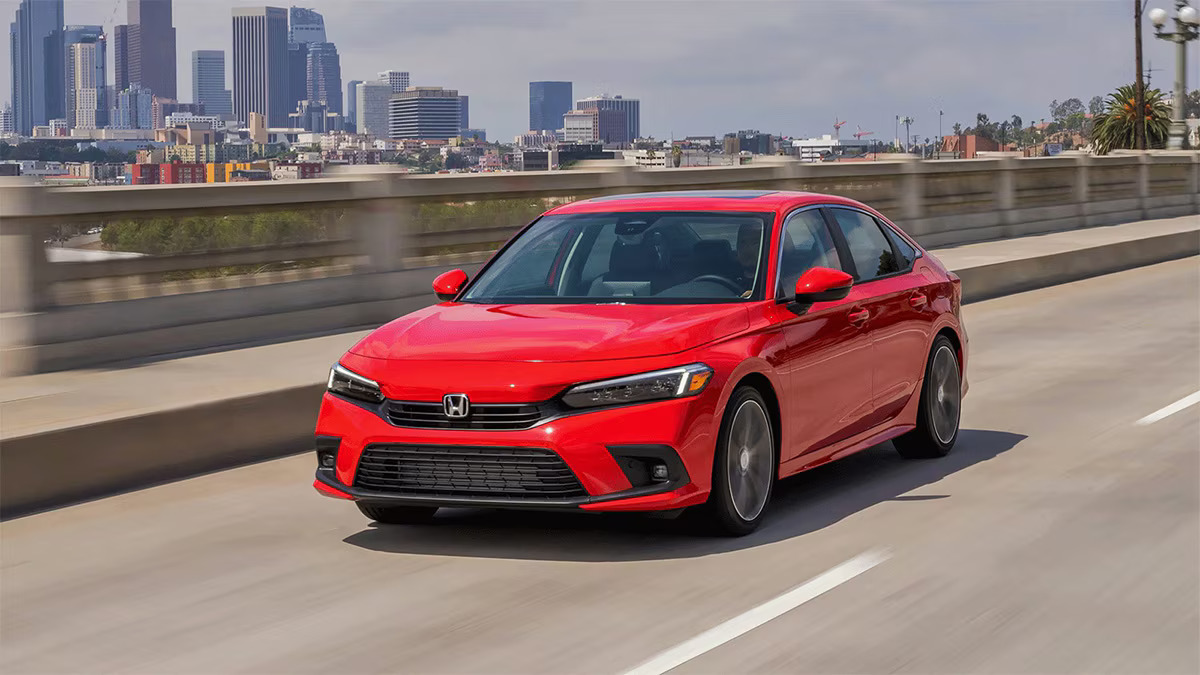Car design has always involved a delicate balance between function, aesthetics, safety, and cost-efficiency. One feature that often goes unnoticed until it’s missed is how far the rear windows open.
For many passengers, particularly those in the backseat, whether the window rolls down or stops halfway can make a surprising difference in comfort and utility.
While this detail might seem trivial, it plays into broader concerns around child safety, structural engineering, and design constraints. It’s especially relevant for parents with young children, backseat passengers who enjoy fresh air, or anyone who uses the back row for daily travel.
Some cars limit the rear window’s travel to about halfway, or slightly more, primarily for safety reasons. Automakers often justify this by citing risks for children who might lean out of fully open windows.
Others blame the mechanical limitations due to the shape of the rear doors, particularly those with sharply curved door panels or prominent wheel arches.
In vehicles like certain sedans or compact SUVs, the rear window’s limited range might be a compromise to maintain structural integrity or reduce costs in manufacturing.
Conversely, some cars do allow rear windows to roll down, offering a better airflow experience and a greater sense of openness. These are usually vehicles that prioritize passenger comfort or are designed with simpler, boxier rear doors that don’t restrict window mechanics.
You’re more likely to find fully retractable rear windows in larger sedans, pickup trucks, or older vehicle models, where child safety laws were either less strict or implemented differently.
In this article, we’ll take a look at five cars known for having rear windows that only open halfway, and five that let the rear window roll all the way down.
The aim is to give drivers and passengers alike a sense of what to expect and maybe influence a purchasing decision. Whether you’re after more ventilation, increased safety for kids, or just wondering why your window won’t go down all the way, this list is for you.
Also Read: The ‘Unkillable’ Engine That Was Once Used in Both Planes and Cars
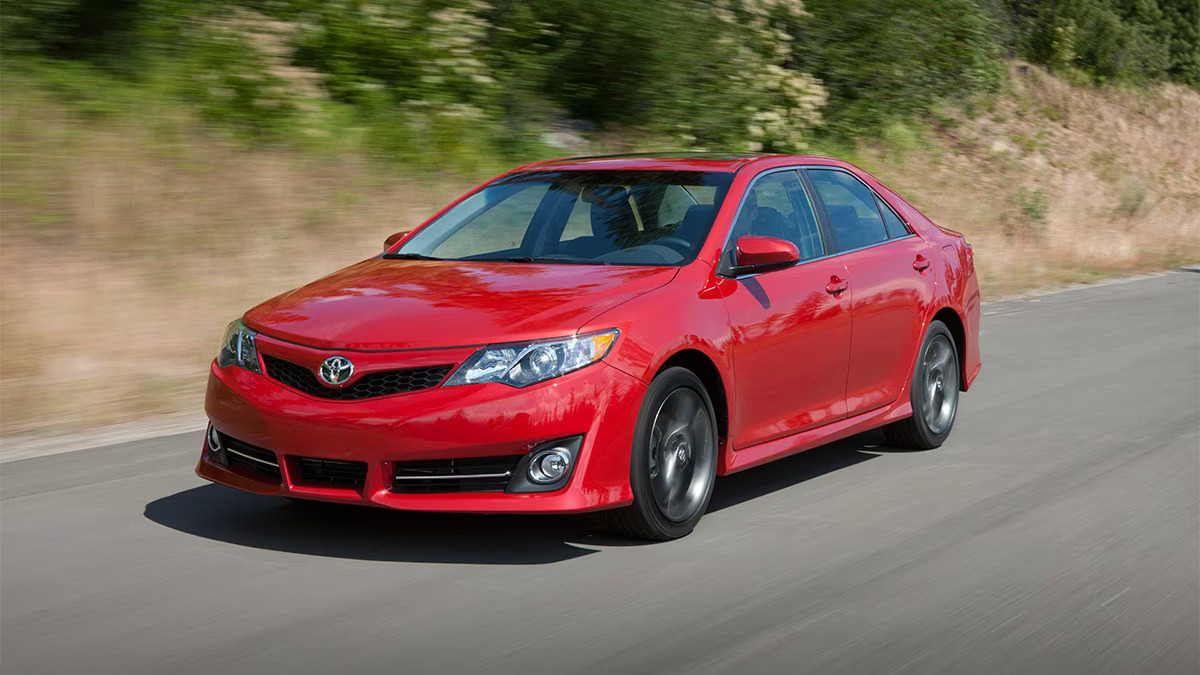
1. Toyota Camry (Previous Generations)
The Toyota Camry, long regarded as one of the most reliable and practical mid-size sedans on the market, has had its share of quirks over the years, one of which is its limited rear window travel in many of its older models.
In versions manufactured from the early 2000s to around 2015, the rear windows typically rolled down only about halfway. For casual passengers, this might go unnoticed, but for frequent backseat users, especially during warm weather, it could become an annoyance.
This partial descent was particularly evident in the LE and SE trims, where standard equipment didn’t include enhancements like rear seat climate control, making window airflow more essential.
The reason behind this design decision largely stems from the shape of the Camry’s rear doors. Many of these models featured a sloped, curved design that gave the car a sleeker, more aerodynamic profile. However, that same curvature often resulted in less space inside the door panel to accommodate the full descent of the window glass.
The rear wheel arch further compounded the issue, intruding into the door structure and reducing the available internal cavity. Engineers had to work within these constraints, and in most cases, this meant restricting the range of the rear windows.
Toyota also leaned into safety justifications for the decision. Around the mid-2000s, public concern about child safety in vehicles was rapidly growing, and partial rear window openings were seen as a passive safety feature.
By only allowing the window to open halfway, automakers could reduce the risk of children accidentally falling or leaning too far out of a moving car. It’s a subtle design choice that doubled as a safety precaution, especially in family-oriented vehicles like the Camry.
From the perspective of ride experience, the limited rear window travel affected not just airflow but also visibility and comfort. Backseat passengers often reported feeling confined, especially during long drives or rides through scenic areas.
The inability to fully open the window sometimes made it harder to communicate with people outside the vehicle or simply enjoy fresh air. Additionally, for those who travel with pets, particularly dogs, the limited window height could make a big difference in comfort and satisfaction, both for the animal and the owner.
In more recent generations, Toyota has slightly improved this aspect, especially in the redesigned Camry models from 2018 onward. While the windows still don’t always retract completely flush into the door, the improvement in travel distance is noticeable.
Still, the Camry remains a vehicle where rear window design feels like a compromise, favoring safety, cost, and door aesthetics over the seemingly simple pleasure of a wide-open backseat breeze. For those who value this feature highly, it’s something to test in person before purchase.
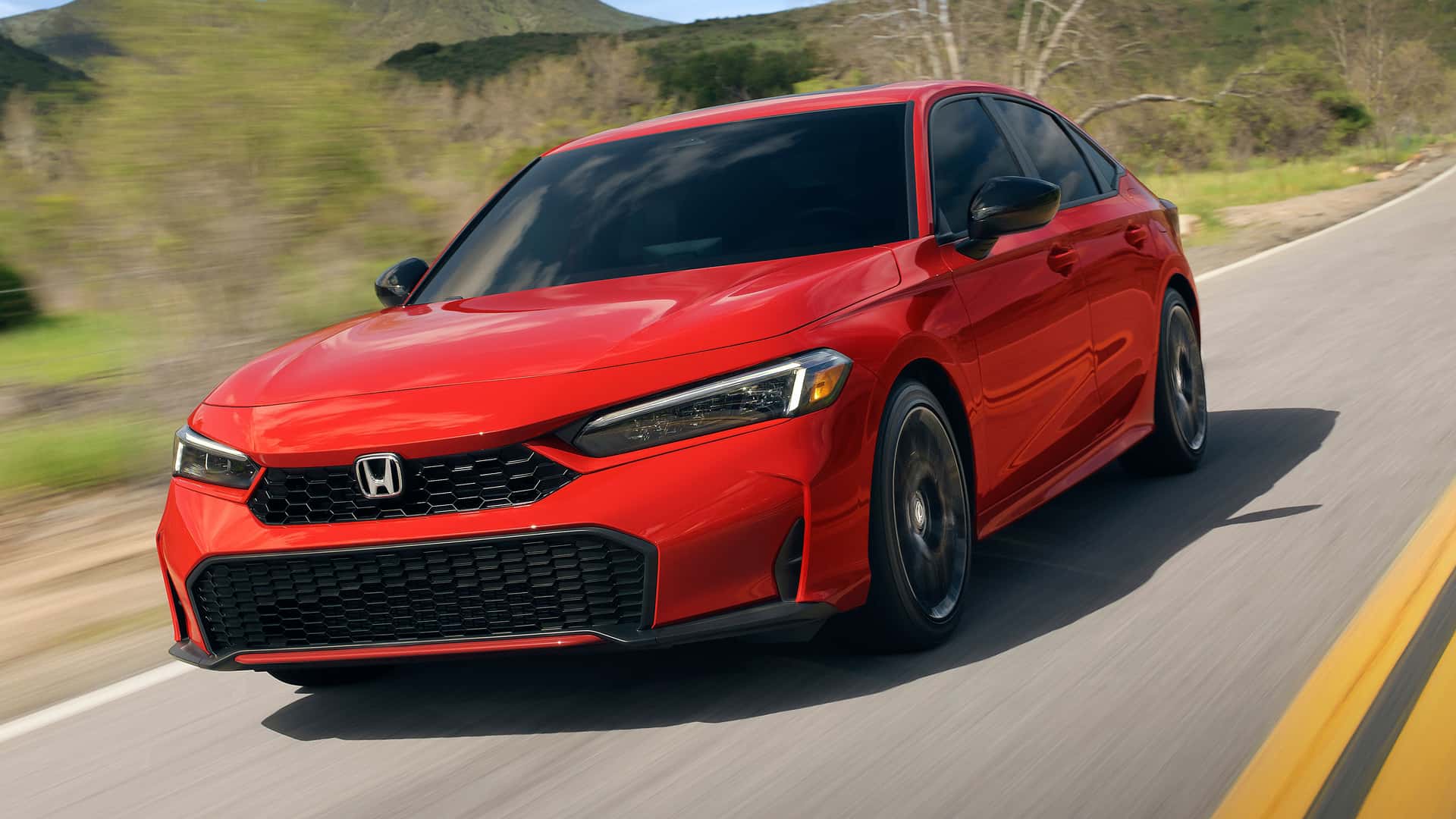
2. Honda Civic (Sedan Models)
The Honda Civic is a globally recognized compact sedan praised for its affordability, efficiency, and reliability. However, for all its accolades, the Civic—especially in its sedan form—has long suffered from a subtle but persistent drawback: rear windows that don’t open all the way.
This is particularly noticeable in Civic generations produced from around 2006 through 2015, where the rear window glass often stops roughly two-thirds of the way down. While not a dealbreaker for most, this feature becomes increasingly noticeable in daily use.
This limitation can be traced back to the Civic’s body style and door architecture. The compact nature of the car means there’s less physical space in the rear door to house the full length of the window glass when rolled down. Additionally, the curvature of the doors and the aggressive slope toward the rear end, introduced to improve aerodynamics and styling, forces the manufacturer to truncate the usable space for window mechanisms.
The wheel well also juts into the door cavity, creating a natural barrier that prevents the glass from sliding down completely. This becomes a common issue in compact sedans aiming for modern styling without sacrificing fuel efficiency.
Honda, much like Toyota, often emphasizes safety and family utility in its vehicles, and partial window opening in the Civic was at one time promoted as a passive safety feature. Parents with small children often appreciated that the windows couldn’t go all the way down, reducing the risk of accidental falls or limbs hanging out the window during drives.
Although Honda never strongly marketed it as such, it’s a factor that subtly reinforced the Civic’s family-friendly design credentials. This limitation, while technically restrictive, helped Civic maintain its appeal to budget-conscious, safety-minded drivers.
That said, the user experience often told a different story. Adult passengers in the back seat would frequently express frustration at the lack of airflow during long drives, especially in the absence of rear climate vents in earlier models. During warmer months, the backseat could feel stuffy, with limited relief available from a half-open window.
For those transporting pets or bulky items, the window’s limited descent also created logistical challenges, making it harder to load or interact with the outside from the rear seat. While the Civic’s rear seat was often roomy for its class, the partial window functionality gave it a slightly more confined feel than necessary.
In newer models, particularly from 2016 onward with the 10th-generation Civic, Honda has attempted to mitigate this issue with better door geometry and slightly improved window travel. Still, the problem hasn’t been fully solved, especially in the sedan variants.
The hatchback and coupe trims sometimes fare better due to different door and roofline configurations, but the standard sedan remains a mixed bag in this area. For buyers considering a Civic, especially those who value a functional and comfortable backseat, it’s worth testing the rear windows personally, because for some passengers, that halfway stop can make a big difference.
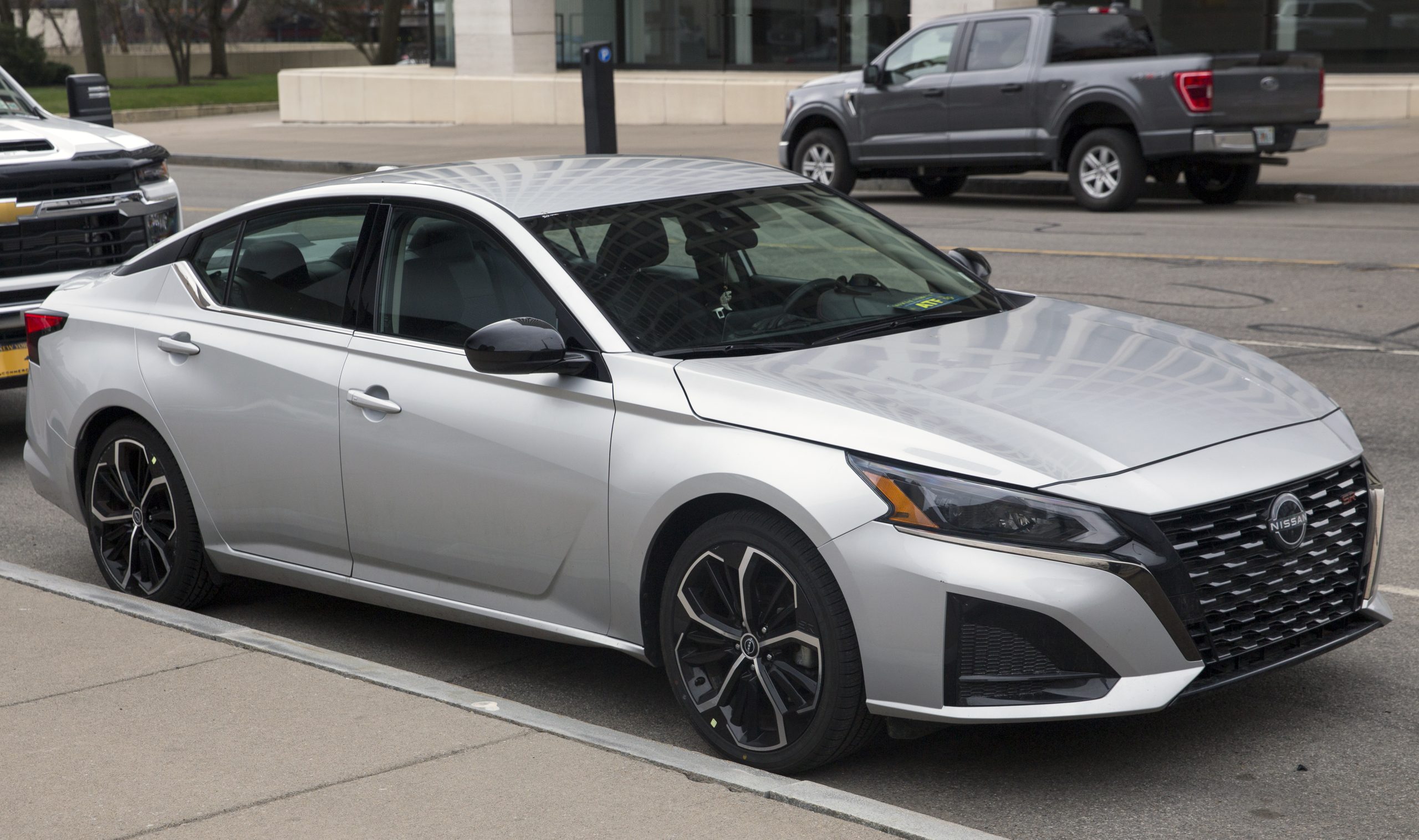
3. Nissan Altima
The Nissan Altima, another popular mid-size sedan, has long appealed to drivers looking for a balance of performance, technology, and value.
However, in models spanning roughly 2007 to 2015, one overlooked issue among rear-seat passengers was the limited window functionality. The rear windows typically didn’t roll down completely, often stopping short by a few inches. While subtle, this partial opening can have a disproportionate impact on passenger comfort, especially on long drives or during warm weather.
The design constraint primarily stems from the Altima’s rear door construction. To maintain a sleek, flowing silhouette, Nissan incorporated door shapes that curve aggressively toward the back. The rear wheel well cuts into the door, leaving little space for the full window to retract.
This means that even though the door may look spacious from the outside, the actual space available for window mechanics is surprisingly cramped. The result? A window that opens just enough for airflow but not enough for a completely open feel.
Safety considerations also played a role in this decision. Like its competitors, Nissan had to consider the risks of children leaning too far out of open windows. At a time when regulatory pressure around child safety was increasing, automakers often erred on the side of caution.
Marketing for these models tended to focus on features like airbags, traction control, and lane assist, but rear window design also quietly reinforced the vehicle’s family-friendly appeal by limiting potential hazards.
Passengers, however, often noticed the restriction. For taller adults or those accustomed to riding in the back, the partially open window felt restrictive, especially when trying to enjoy a breeze on the highway or while waiting in parked vehicles.
It also affected pet owners, particularly dog lovers, who often want their furry friends to enjoy a full view. While the Altima offered comfort in other areas like legroom and rear-seat cushioning, the restricted window was a sore spot for an otherwise spacious back seat.
Later generations of the Altima have improved slightly, especially with the 2019 redesign that aimed to make the vehicle more premium. While the rear windows are still somewhat limited in travel compared to fully retracting models, the improvements in door geometry and engineering have helped ease the issue.
That said, for those who place a premium on rear ventilation or an open-air feel, the Altima still trails behind some of its competitors in this specific area.
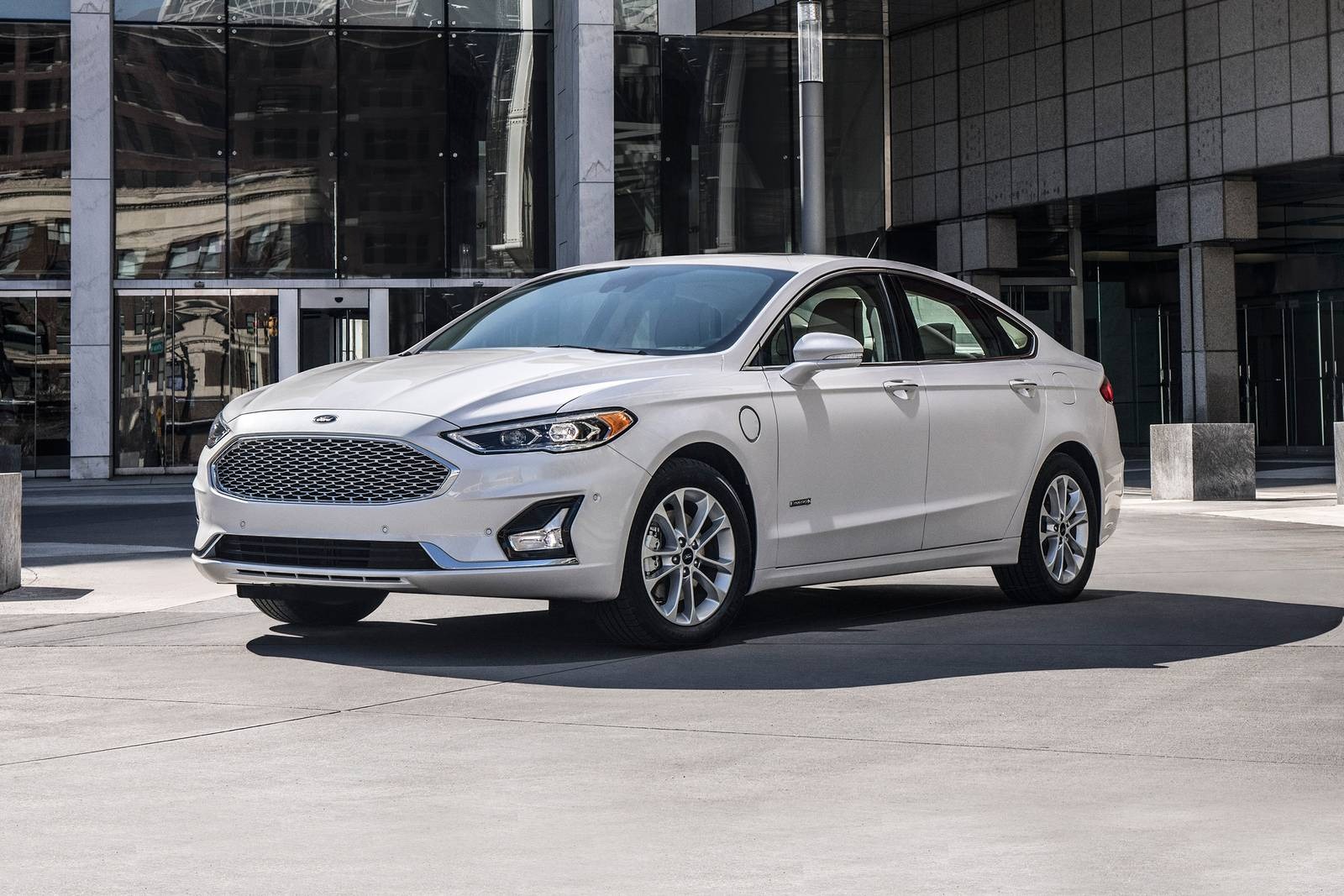
4. Ford Fusion
The Ford Fusion, once a staple in the mid-size sedan category, brought style, value, and performance to a competitive segment. Despite its many strengths, the Fusion, especially in models released between 2010 and 2017, was one of the cars that restricted rear window travel.
Many users noticed that the windows rolled down only partially, which could be both confusing and frustrating, particularly given the vehicle’s otherwise thoughtful design.
This limitation was largely due to the door’s architecture. The Fusion was designed with a modern, tapering rear door shape, aimed at reducing drag and improving aesthetics. This design also allowed the car to achieve better fuel economy ratings.
However, the slanted door edge and rear wheel well created an awkward internal layout that made full window retraction mechanically impractical. Engineers faced a trade-off: maintain sleek styling or allow for full window travel. Like many other brands, Ford chose styling.
Interestingly, the restricted rear window also served a secondary purpose—enhancing perceived safety. With a window that stops halfway, Ford could indirectly appeal to families with children without modifying safety systems or relying solely on software alerts.
Parents felt more at ease knowing their child couldn’t fully open the window while the car was in motion. While not a feature heavily marketed, this was nonetheless a functional benefit appreciated by some buyers.
Still, passengers who frequently rode in the back seat were less enthusiastic. Adults found the half-window design especially frustrating during warmer weather or on road trips. The Fusion was often used as a rental vehicle and fleet car, where people might rotate seats frequently.
The lack of full window openness could detract from what was otherwise a pleasant and refined ride. For those hoping to let their arms hang out the window or just get a stronger breeze, the window design felt limiting.
Later models of the Fusion, especially the 2017 and 2018 versions, attempted minor improvements. Slight tweaks in the rear door dimensions helped the window lower just a bit further, but full retraction still wasn’t achieved.
The discontinuation of the Fusion in favor of Ford’s focus on SUVs and crossovers means this issue may never fully be addressed. For fans of the sedan format, it’s a detail worth remembering if shopping for a used Fusion.
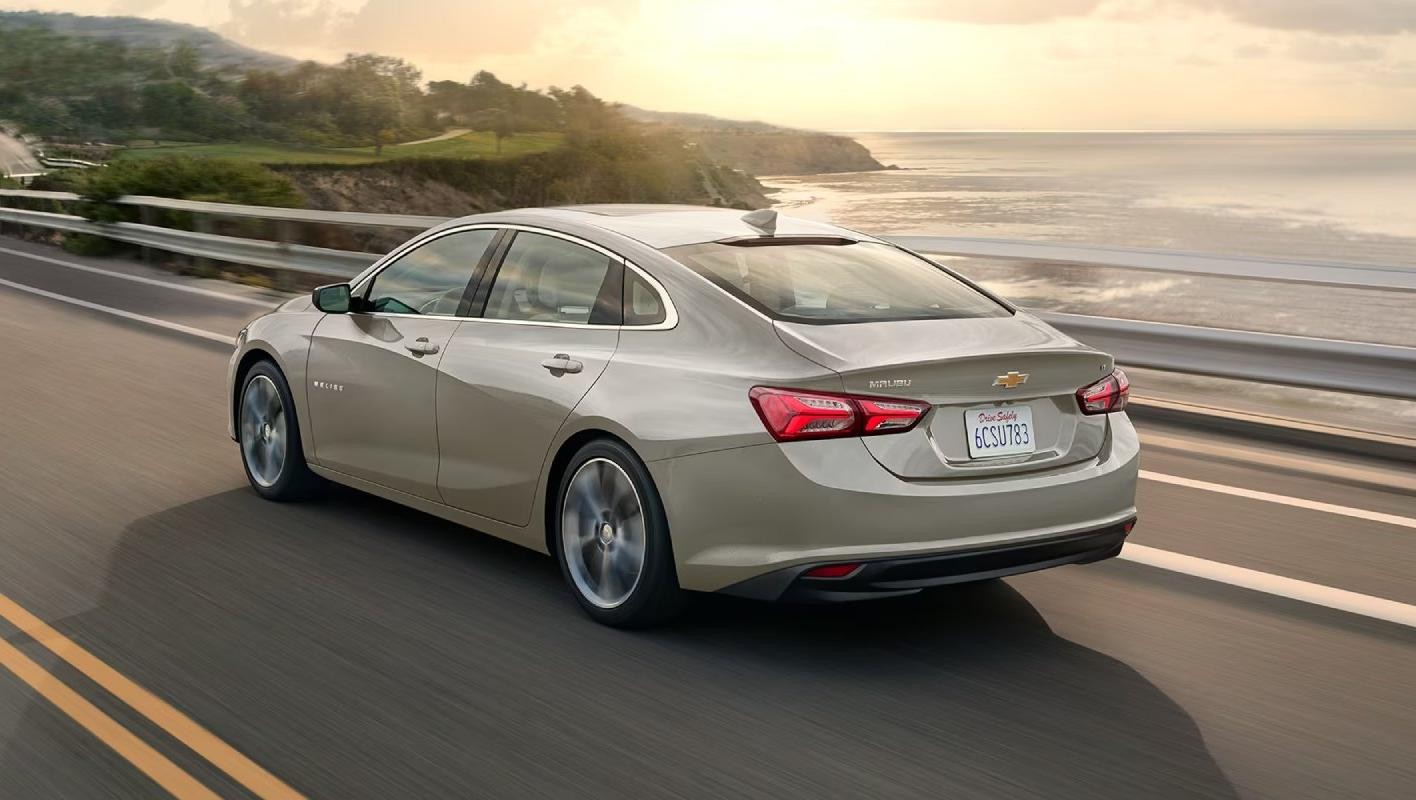
5. Chevrolet Malibu
The Chevrolet Malibu has been a mainstay in the American sedan market for decades, offering an affordable alternative to more premium nameplates. Despite its appeal in terms of price, fuel efficiency, and cabin tech, the Malibu has consistently fallen short when it comes to rear window functionality.
Specifically, in models built between 2008 and 2016, the rear windows do not open fully—a small yet noticeable inconvenience for many passengers.
The design flaw is once again tied to door geometry and the car’s wheelbase layout. Malibu models during this time were built with stylish, sloped rear doors to give the car a more dynamic and coupe-like profile. While visually appealing, this choice cut into the available space inside the door cavity.
The intrusion of the rear wheel arch added another layer of complexity, physically limiting how far the glass could descend without hitting structural components or motor limitations.
Safety and cost considerations also influenced the design. General Motors, like many automakers during the late 2000s recession period, looked for ways to reduce costs without compromising safety. A shorter window track and smaller regulator motor meant lower manufacturing expenses and potentially fewer maintenance issues down the line.
At the same time, the limited opening could be framed as a safety measure for children, though this was more a convenient side effect than a primary design goal.
Passenger experience, however, took a slight hit as a result. For backseat riders, especially adults, the inability to fully roll down the window made the car feel more enclosed. This issue was even more pronounced in base trims, where rear climate vents were not standard.
On road trips, when rear passengers might want to take in fresh air or cool down faster, the partially lowered window could feel insufficient and even claustrophobic. It was a practical detail that somewhat undercut the Malibu’s efforts at becoming a more premium-feeling vehicle.
Chevrolet addressed many of the Malibu’s larger design issues in its 2016 redesign, which saw a major shift in platform and style. However, even with improvements in aerodynamics and cabin tech, the rear window still fell short of fully retracting in many trims.
As of its most recent iterations, this feature remains only partially resolved, making it a continued point of consideration for potential buyers who frequently carry rear passengers.
Cars With Rear Windows That Open Fully
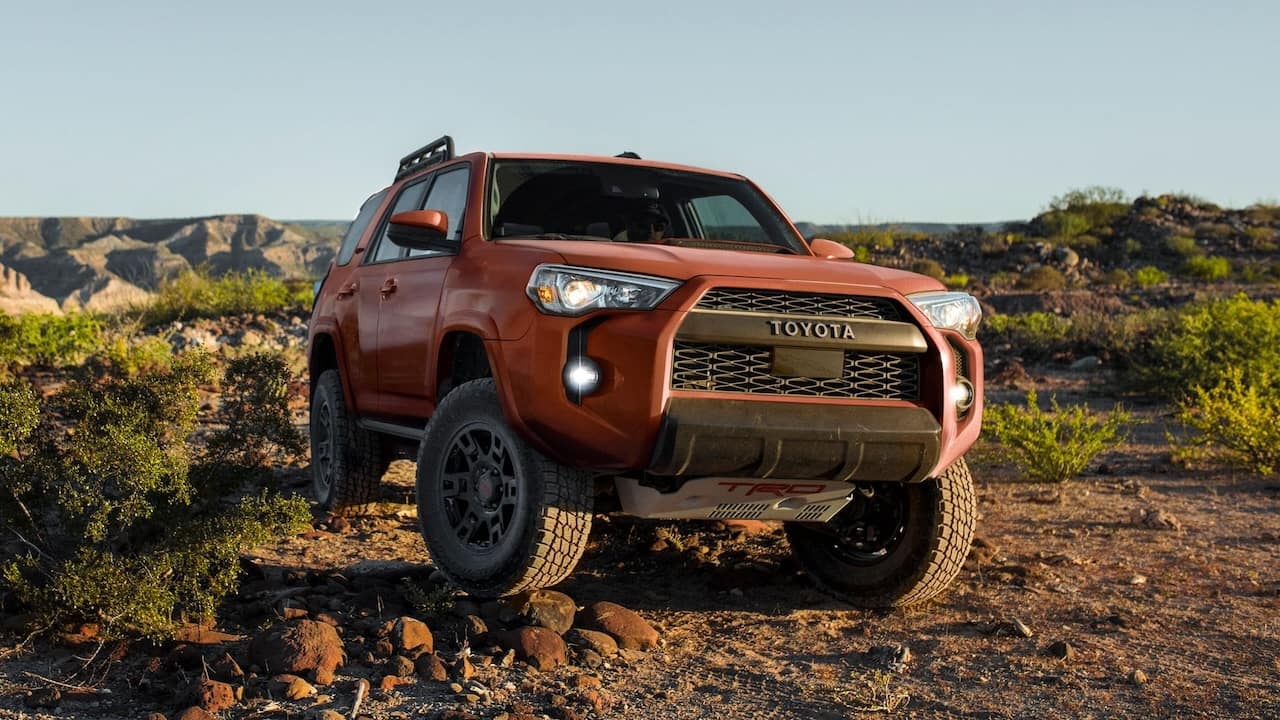
1. Toyota 4Runner
The Toyota 4Runner stands out as one of the few vehicles that not only allows full rear side window operation but also features a fully retractable rear tailgate window—a rarity in today’s market. This capability has become one of its signature traits, earning favor among outdoor enthusiasts, pet owners, and road trippers.
In all but the most basic trims, the 4Runner’s rear glass can roll down with a button on the dash or the key fob. This provides the kind of airflow and openness most SUVs simply can’t offer.
The design advantage comes from the 4Runner’s body-on-frame construction, which offers a boxier, taller door design. Unlike curvier sedans or compact SUVs, the vertical shape of the rear doors leaves enough space for the window glass to slide straight down into the door panel without obstruction.
There’s no awkward intrusion from the wheel well, and the squared geometry avoids the tight space issues seen in sleeker vehicles. This allows Toyota to install larger glass panes and more robust regulators to support complete movement.
From a practical standpoint, this makes the 4Runner incredibly versatile. Passengers in the rear seat benefit from improved airflow and a more open, less enclosed ride. For pet owners, particularly those traveling with dogs, the full-length windows allow pets to look out more easily and safely. The rear tailgate window, meanwhile, becomes a game-changer for hauling long items like lumber, surfboards, or camping gear—items that might otherwise require tying the tailgate open.
Owners also appreciate this feature when camping or tailgating. The rear window can act as a pass-through to the cargo area or allow fresh air to circulate while the vehicle is stationary. It enhances ventilation when sleeping in the car or keeping perishables cool in the back.
The uniqueness of this feature makes the 4Runner feel like a hybrid between a rugged SUV and a utility vehicle, offering features that even higher-end models lack.
This window functionality has become a key part of the 4Runner’s identity. It speaks to Toyota’s intent to keep the 4Runner aligned with practicality, adventure, and comfort. In a market increasingly dominated by crossovers with more rounded designs and limited mechanical space, the 4Runner’s rear window capabilities are a welcome throwback to more utilitarian, user-centered engineering.
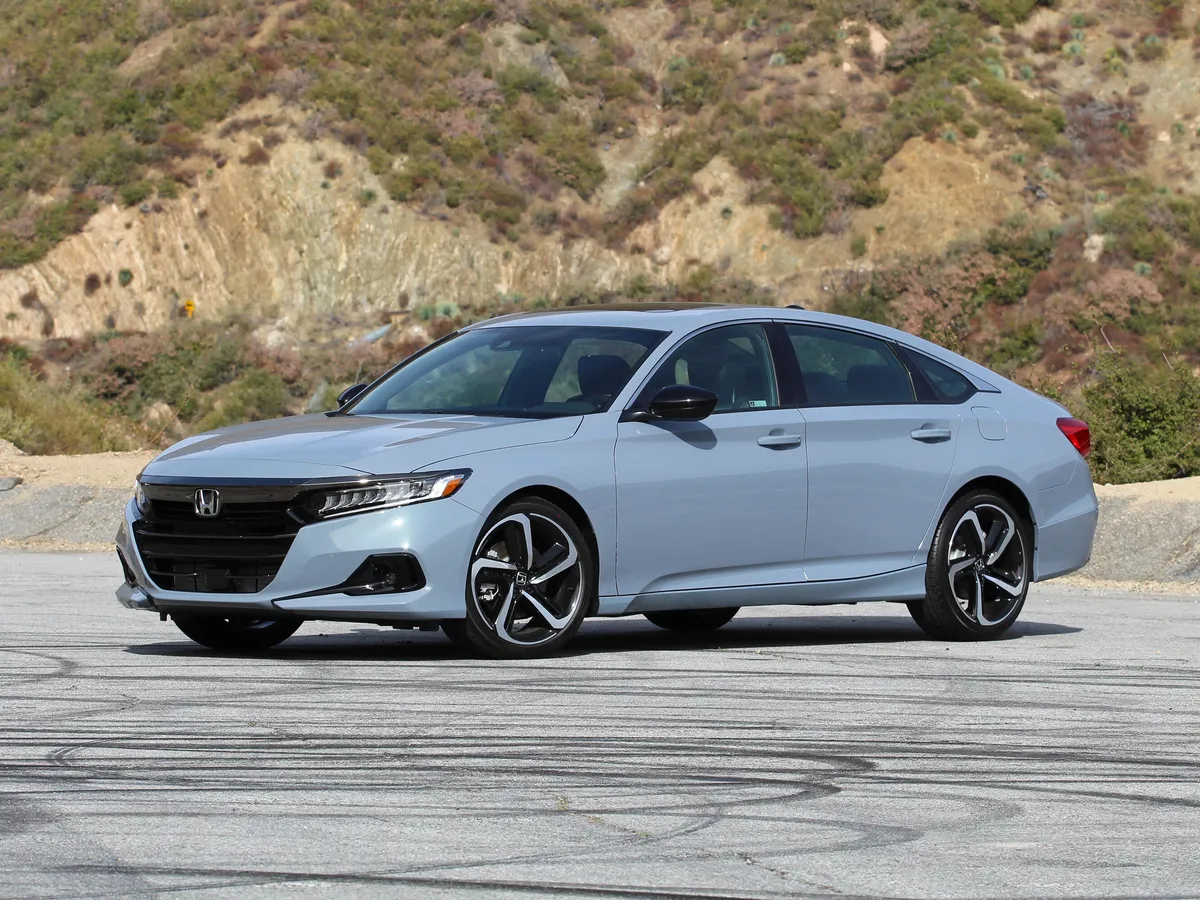
2. Honda Accord
The Honda Accord is one of the few sedans in its class where rear-seat passengers enjoy the luxury of fully opening rear windows. Honda has long positioned the Accord as a family-friendly yet premium-feeling sedan, and full rear window operation plays into that brand promise.
In generations produced from the late 2000s through the present, the Accord’s door design has consistently allowed for a full retraction of the rear glass, setting it apart from many competitors.
The secret lies in the Accord’s size and its thoughtful rear door geometry. Unlike the Civic, which struggles with space due to its compact profile, the Accord’s longer wheelbase and more squared rear door give engineers more room to work with.
The shape of the window is less dramatically curved, and the intrusion from the wheel well is minimal. This allows Honda to use larger, straighter window tracks that accommodate the full length of the glass.
Rear passengers immediately notice the difference. The ability to lower the window completely allows for better airflow, more natural lighting, and a less restrictive feel, especially during long drives or in pleasant weather.
It’s also beneficial for parents with children or pets in the back seat, as it offers a wider opening to pass items in and out of the car or simply keep everyone cooler without relying solely on the air conditioning.
In the context of comfort and quality, fully retractable windows help the Accord punch above its weight class. It contributes to the feeling that no seat is a “bad seat,” and it adds to the car’s premium sensibility.
For passengers who care about small conveniences, the ability to enjoy a full breeze or even stick their hand out the window can greatly enhance the driving or riding experience.
Honda’s decision to retain this feature across multiple generations of the Accord speaks to a consistent design philosophy—one that favors user comfort and practicality over minor cost savings.
While many manufacturers continue to sacrifice full window operation in the name of styling or structural shortcuts, Honda has found a way to preserve it without compromise.
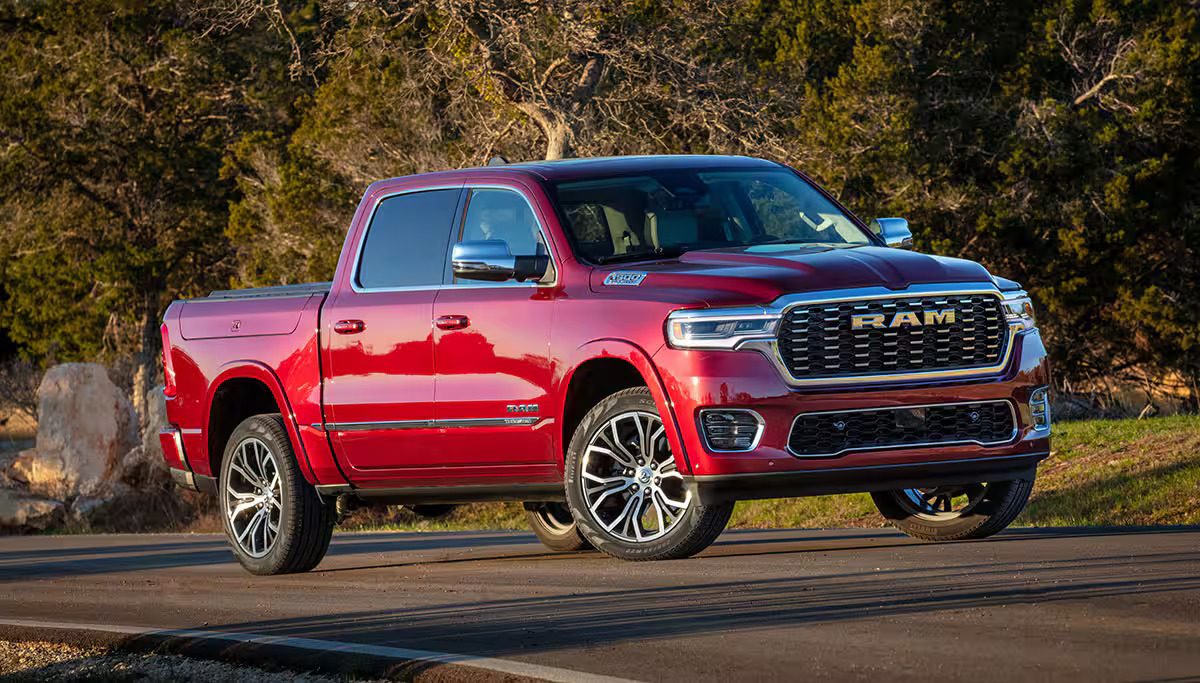
3. Ram 1500
Pickup trucks like the Ram 1500 offer a lot of functional advantages, and one of the underrated ones is full rear window operation—both side and, in many trims, center sliding rear glass. The rear doors in crew cab and extended cab models are typically large and upright, making them ideal candidates for full-window travel.
Unlike sedans or compact SUVs, trucks like the Ram don’t have to deal with as many space limitations in the door panel, which means fewer compromises in window design.
The Ram 1500’s crew cab models feature doors that are almost as large as the front ones. This gives engineers more space to work with for installing full-sized glass panes and high-quality regulators.
The doors are also relatively flat and boxy, with no sharply curved areas or tight wheel well interference, which are common culprits in limited window travel. This results in a rear seat experience that feels nearly as spacious and functional as the front.
For passengers, this translates to real comfort. The ability to roll the window down fully means more airflow, better visibility, and an less enclosed feeling during trips.
Given that pickups are often used for both work and recreation, having a fully openable window makes a big difference when transporting tools, pets, or passengers in hot or dusty environments. It allows for quick ventilation without the need for running the A/C constantly, especially when idling or parked.
In addition to side windows, many Ram models include a power-sliding center rear window built into the cab’s back glass. This allows even more airflow through the vehicle and provides an easy way to access the truck bed without getting out of the car.
It’s a favorite feature among campers and those hauling long items, as it makes the truck more usable and connected to the cargo area. All in all, Ram’s decision to include full rear window operation reflects its user-first mindset.
Truck buyers expect utility, and that includes not just payload and towing capacity but also thoughtful interior features. Whether you’re on the job site or on a road trip, full rear window functionality is a practical advantage that makes daily use more enjoyable.
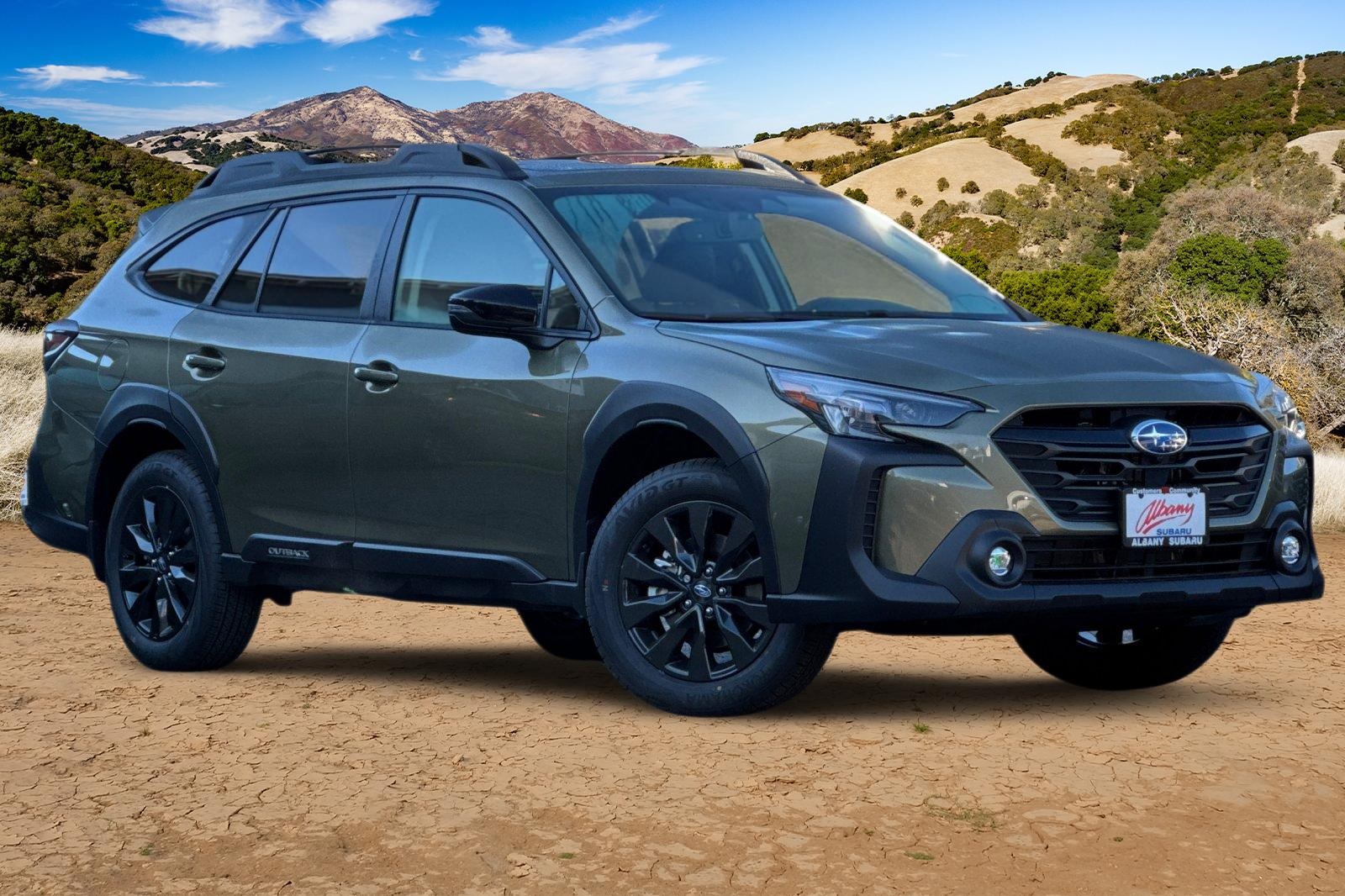
4. Subaru Outback
The Subaru Outback is known for its blend of SUV practicality and car-like driving comfort, and one of its thoughtful design features includes full rear window operation. Subaru markets the Outback to outdoor lovers, families, and those living in more extreme climates, where proper ventilation and airflow are more than just nice-to-haves—they’re essential. The full descent of the rear windows plays right into that lifestyle.
The Outback’s door structure is more vertical and elongated than that of a typical crossover, giving it a more station-wagon-like silhouette. This design leaves more space for the window mechanism to work properly.
Unlike many vehicles that have heavily tapered rear doors or thick wheel wells eating into space, the Outback offers a squarer profile, which makes it easier to accommodate a fully retracting rear window. This ensures that the glass slides down completely without obstruction.
From a passenger experience standpoint, the difference is clear. Whether you’re taking a weekend road trip or heading out for a day of hiking or kayaking, having windows that go all the way down lets you connect more directly with the outside world.
It’s a small touch that enhances comfort for everyone in the vehicle, especially rear passengers who might be carrying gear, riding with pets, or just enjoying the breeze on scenic drives.
Families in particular benefit from this feature. Kids get a better view of the road or landscape, and it makes it easier for parents to interact with them while parked or handing items in and out of the vehicle.
The wider window opening is also great for pet owners, especially those who travel with dogs. It gives them a comfortable way to look out without feeling confined, which can reduce anxiety and restlessness during longer journeys.
Subaru’s commitment to utility and comfort is reflected in features like this. While many other carmakers cut corners on rear passenger experience, Subaru consistently builds vehicles with all passengers in mind.
The fully retractable windows on the Outback add up to a vehicle that’s not just capable, but also genuinely pleasant to ride in, whether you’re driving across town or up a mountain.
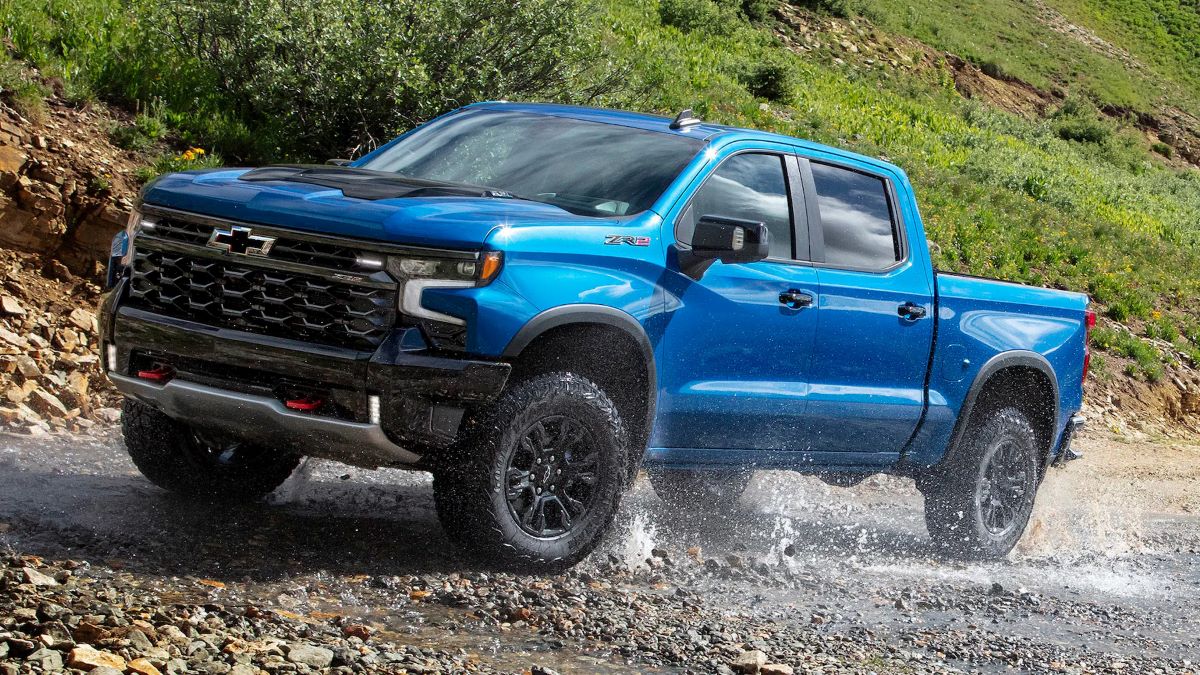
5. Chevrolet Silverado
The Chevrolet Silverado is another strong performer when it comes to rear window functionality. Like the Ram 1500, the Silverado offers full rear window travel in its crew cab models.
The rear doors are designed to be as practical as possible, giving ample space for window mechanics and making sure passengers in the back seat enjoy the same level of comfort and functionality as those up front.
The Silverado’s design favors utility over style flourishes, which works in favor of features like full window retraction. The doors are tall and boxy, with flat surfaces that allow the window glass to travel straight down without obstruction.
There are no dramatic curves or awkward angles to limit space. As a result, rear seat passengers can enjoy full ventilation and clear lines of sight—both important in everyday use and when driving through scenic areas.
This feature is particularly appreciated by people who use the truck for more than just commuting. Whether you’re transporting workers to a site, hauling pets, or just taking your family out for the weekend, the ability to roll the windows all the way down gives everyone a better ride.
It’s especially useful for dogs, who can comfortably enjoy the view without sticking their entire bodies out the window. For people carrying gear, it’s easier to pass items into the truck through the open window, too.
The Silverado also includes a rear sliding center window in many of its trims, much like the Ram. This adds yet another way to increase ventilation or access the bed without needing to open the tailgate. It’s a thoughtful feature that makes the truck more flexible for all kinds of users—from contractors to weekend warriors.
In a world where many vehicles are cutting back on mechanical features in favor of sleek designs and cost-saving measures, the Silverado holds the line. Full rear window operation may seem minor, but for those who spend hours in their vehicle, it’s one of those features that makes a big difference in day-to-day satisfaction.
Also Read: Engines That Can Run for 500 Hours Without an Oil Change
When it comes to vehicle design, rear window functionality may not grab headlines, but for passengers, pet owners, and daily drivers, it’s a feature that impacts comfort more than most realize. Whether you’re stuck in traffic, on a weekend road trip, or simply picking up groceries, how far your rear windows roll down can affect airflow, visibility, and the feel of the ride. It’s the kind of small detail that, over time, becomes a big deal.
As we’ve seen, vehicles like the Toyota Camry, Honda Civic, and Nissan Altima often limit rear window travel due to design constraints or safety considerations. While these decisions are understandable, especially in compact or aerodynamic vehicles, they can compromise passenger comfort.
On the flip side, models like the Toyota 4Runner, Honda Accord, and Ram 1500 go the extra mile by offering full rear window operation, often made possible by smarter door design and a commitment to passenger usability.
Ultimately, whether your rear windows roll halfway or all the way down should be more than an afterthought—it’s a signal of how much a vehicle’s design truly considers the needs of every passenger. If you often carry people, pets, or gear in the back seat, it’s worth rolling down those windows during a test drive. Because in a world where comfort, airflow, and functionality matter more than ever, every inch counts.

